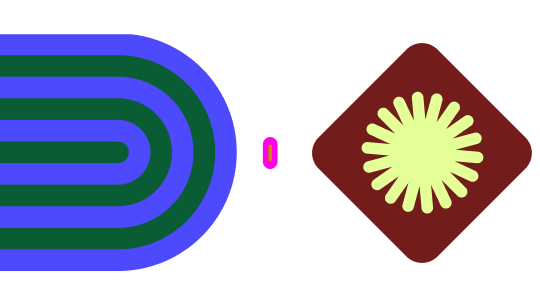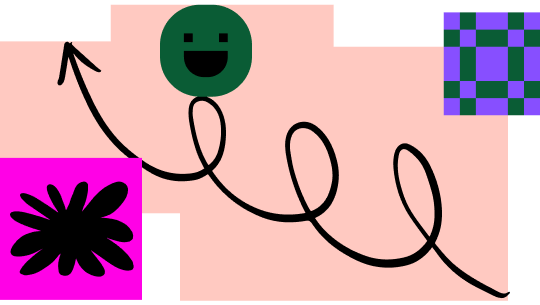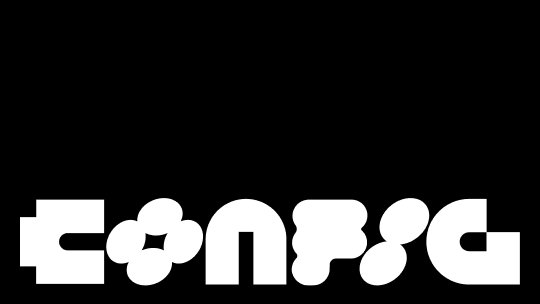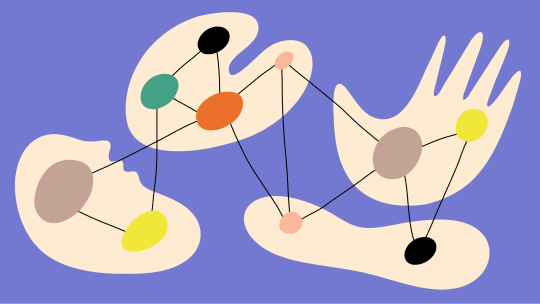How AWS drives collaboration between designers and developers at scale
Amazon Web Services (AWS) builds and maintains over 300 products used by millions of developers worldwide. At this scale, efficient collaboration between designers and developers isn't just nice to have—it's mission-critical. We recently sat down with Matt Menz, VP of Customer Experience at AWS, and Adam Seligman, VP of Developer Experience, to learn how they've built a culture of seamless collaboration between designers and developers.
Breaking down traditional silos
"The best outcomes for customers come from teams that have few boundaries," explains Matt. AWS has deliberately moved away from the traditional "handoff" model where design work is completed and then passed to development teams. Instead, they maintain continuous collaboration throughout the product development process.
This approach proved particularly valuable when AWS needed to redesign their Q Apps service—a tool that helps users create and share generative AI applications—just three weeks before launch. "We decided it didn't look good enough," recalls Adam. "We needed to just raise the bar." The team held daily two-hour Figma sessions with designers and developers working side by side, enabling rapid iteration and alignment. "We literally would not have been able to do that without Figma," he adds.
Scaling design through systems
Central to AWS's collaboration strategy is Cloudscape, their open-source design system used by hundreds of both designers and the thousands of developers. Rather than having hundreds of teams reinvent common components, Cloudscape provides standardized, accessible, and localization-ready components that cover 60-80% of use cases.
A single source of truth drives better outcomes
AWS brings its teams together in Figma, giving product managers, researchers, and engineers seamless access to design resources. With Dev Mode, engineers can instantly grab and implement components like tables without worrying about accidentally editing the design file, making the management process easier while giving teams the context they need. Annotations in Dev Mode allow their teams to focus on the 10-20% of elements that require special attention outside the design system.
"I look for close collaboration between developers and designers where nothing gets lost in translation," says Adam."Flattening these surfaces, connecting the VS Code or the IDE that they use—that strikes me as just way more likely to not drop things in translation, be able to avoid handoffs, and really make it a partnership."
Looking ahead
AWS's collaborative approach didn't happen overnight—it took years of iteration and culture change. But the results speak for themselves. By removing artificial boundaries between teams and focusing on shared outcomes, they've created a more efficient and effective product development process that puts customer needs first.
As Matt reflects, "We're using our own tools, we're using the cloud, we're using generative experiences, we're using tools like Figma to trial and see how we help push things forward... It's an interesting time."
For teams looking to improve their own design and development collaboration, AWS's leadership offers clear advice: treat all disciplines as peers, build empathy across roles, and remember that you're working together toward shared outcomes for your users.
---
Editor's note: This article has been edited for clarity and length. Watch the full conversation here.
Interested in AWS's design system? Explore Cloudscape on GitHub.
Want to learn more about how teams are transforming their workflows with Figma? Explore our other customer stories.
About AWS
Industry: Cloud computing and web services company
Location: Seattle, WA
Number of customers: Millions of monthly active customers and 130,000+ partners
Business challenges: Breaking down team silos, Building and maintaining design systems, Streamlining design and development
Products: Figma Design, Dev Mode
See how Figma can help you scale design
Great design has the potential to differentiate your product and brand. But nothing great is made alone. Figma brings product teams together in a fast and more inclusive design workflow.
Get in touch to learn more about how Figma can help companies scale design.
We’ll cover how Figma can help:
- Bring every step of the design process—from ideation, to creation, to building designs—into one place
- Accelerate design workflows with shared company-wide design systems
- Foster inclusivity in the product team process with products that are web-based, accessible, and easy to use





